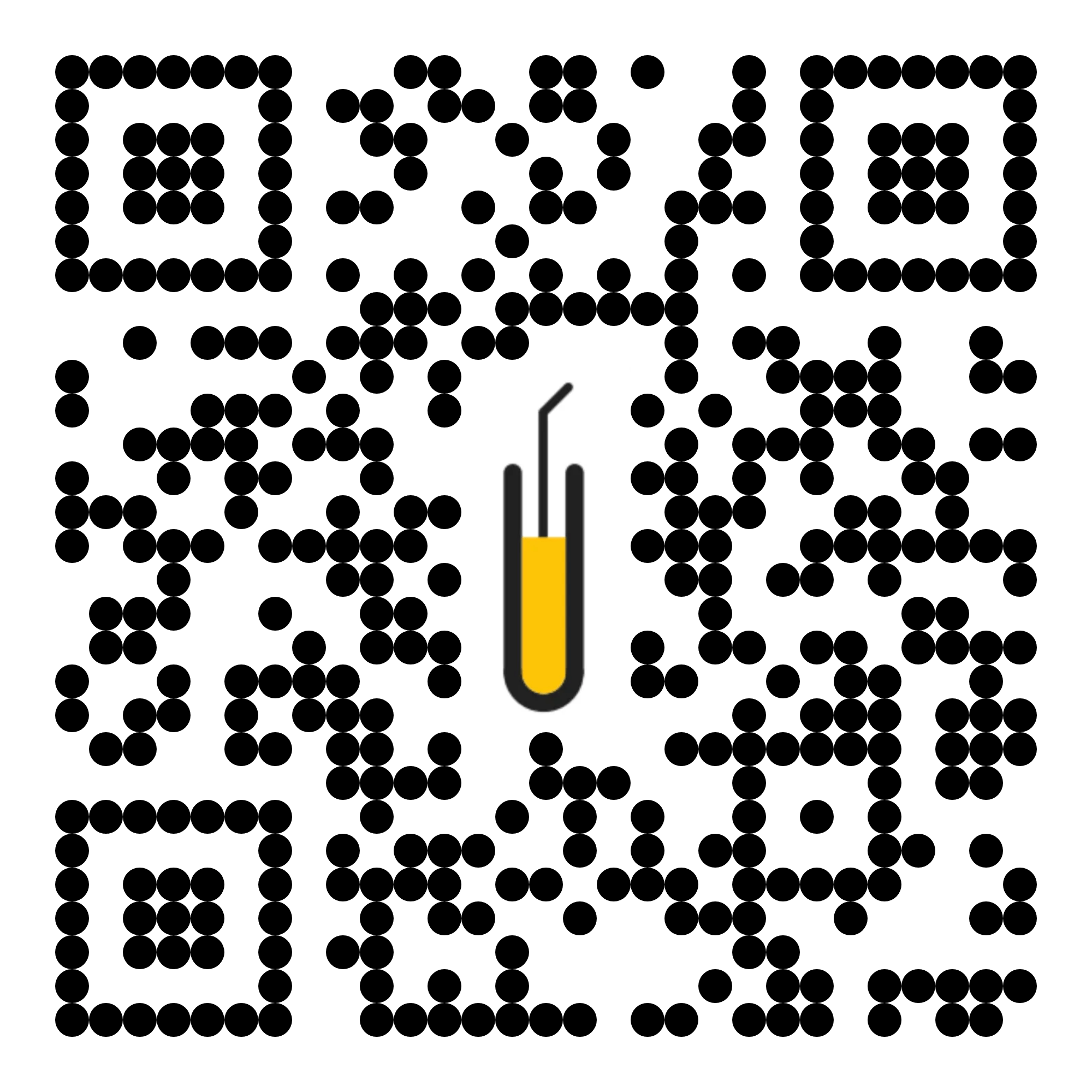The introduction of a drospirenone-only oral pill is an advancement in progestogen-only contraception options.
Effectively managing acute pain is a crucial aspect of patient care. This article explores current Pharmacist Only options for pain management following the recent market entry of Pharmacist Only celecoxib.
Early medical abortion, also known as medical termination of pregnancy, is the process of using medicines to end a pregnancy.
Pain is a significant healthcare challenge and a common reason for visiting a community pharmacist in Australia.
Transitions of care are periods of high risk for medication errors and miscommunication, leading to patient harm.
Heart failure remains a significant health burden, but modern medicines, particularly SGLT2is, can offer significant benefits. Pharmacists play a pivotal role in optimising therapy, ensuring adherence, and providing education to patients.
Routine childhood vaccinations can sometimes be associated with mild adverse effects. Understanding how non-pharmacological strategies and medicines are used to treat pain or fever episodes in this patient cohort is essential.
RSV is a highly contagious respiratory virus that can affect people of all ages, causing mild, cold-like symptoms to severe illness.
Adolescent vaccination rates remain below optimal levels, often due to the COVID-related interruption to the school vaccination programs, increased vaccine hesitancy and accessibility challenges. Pharmacists are uniquely positioned to educate and advocate for immunisation in adolescents.
Suboptimal levels of testosterone can impact quality of life. When should a patient be recommended testosterone replacement therapy?






















